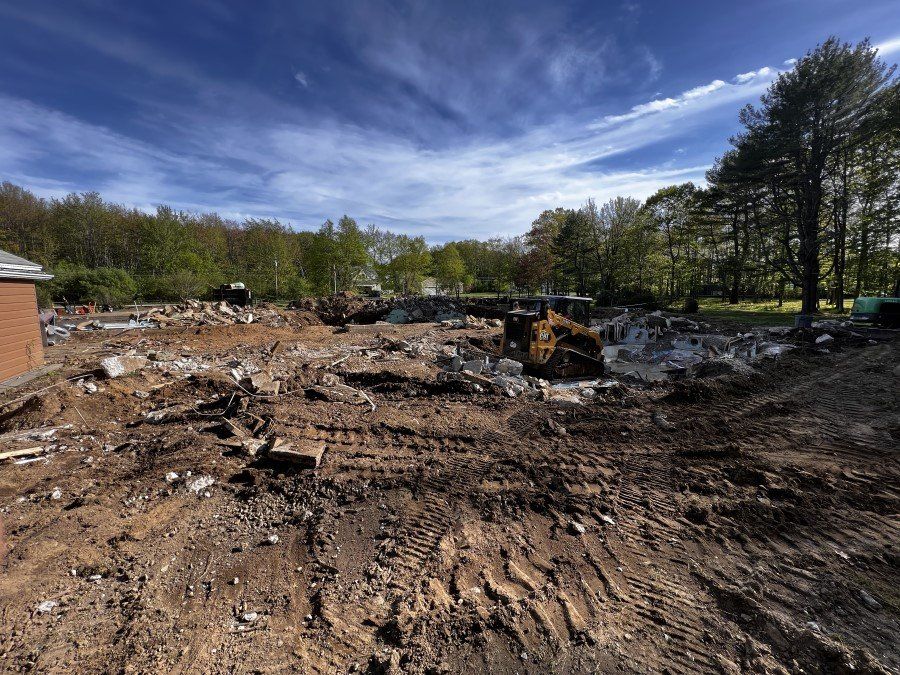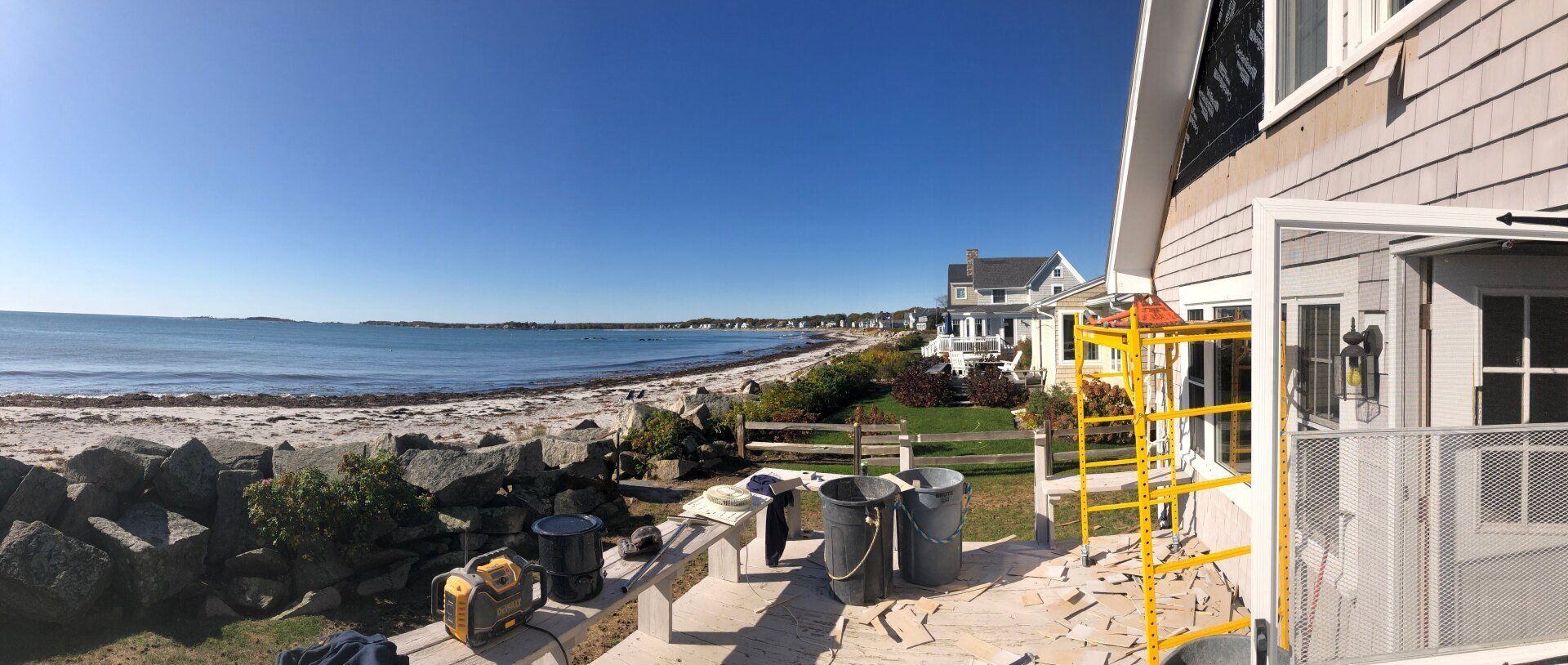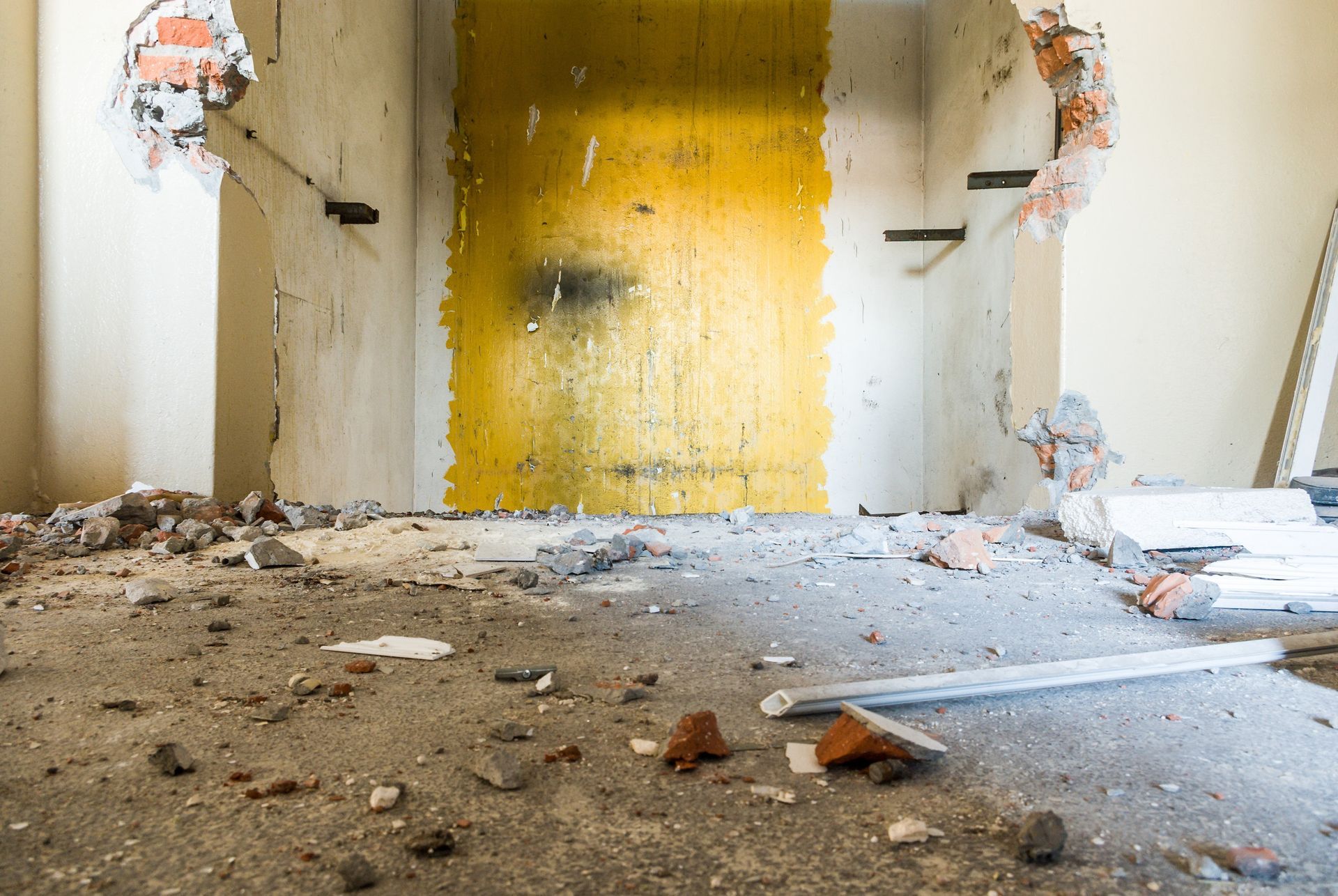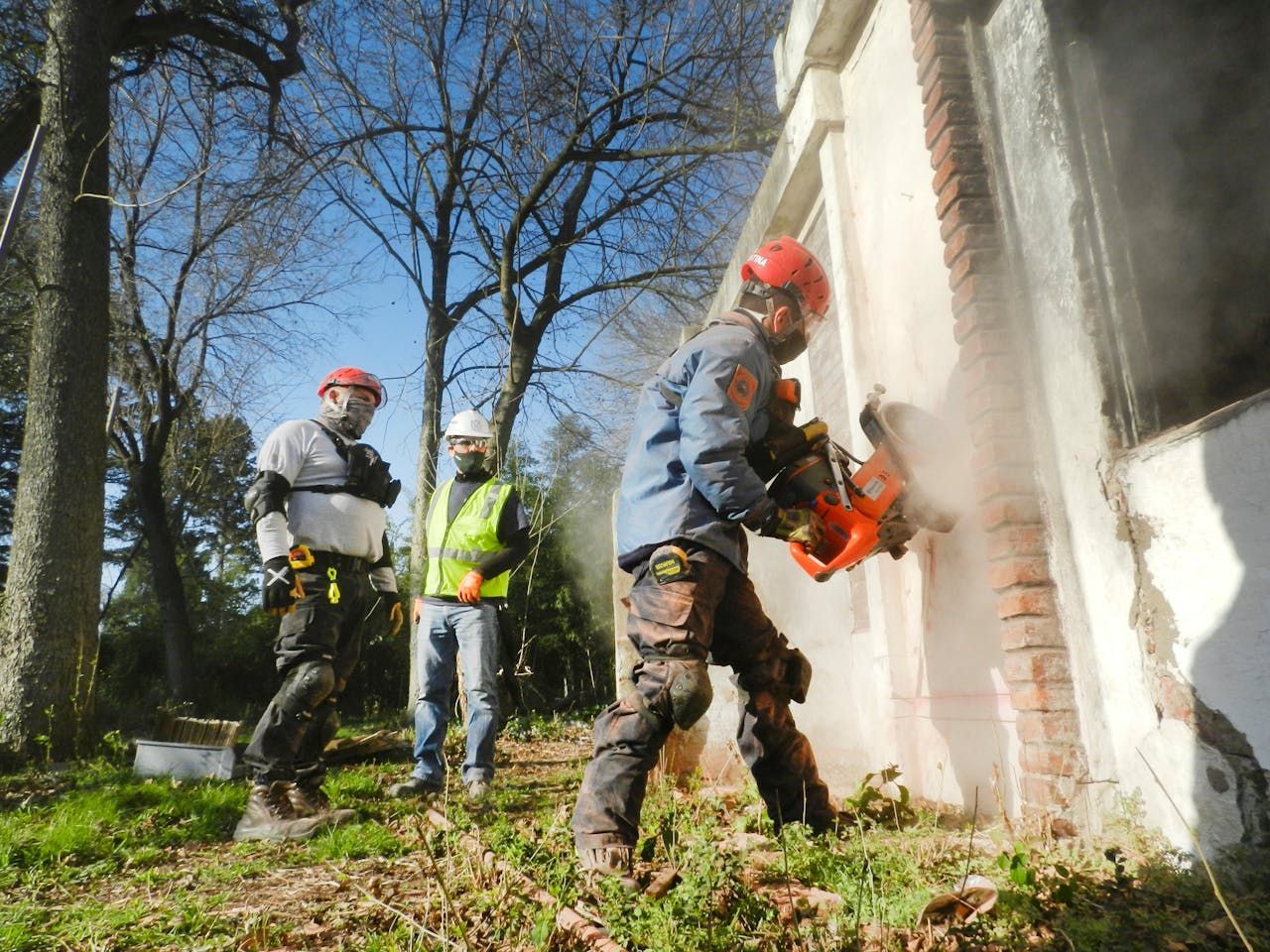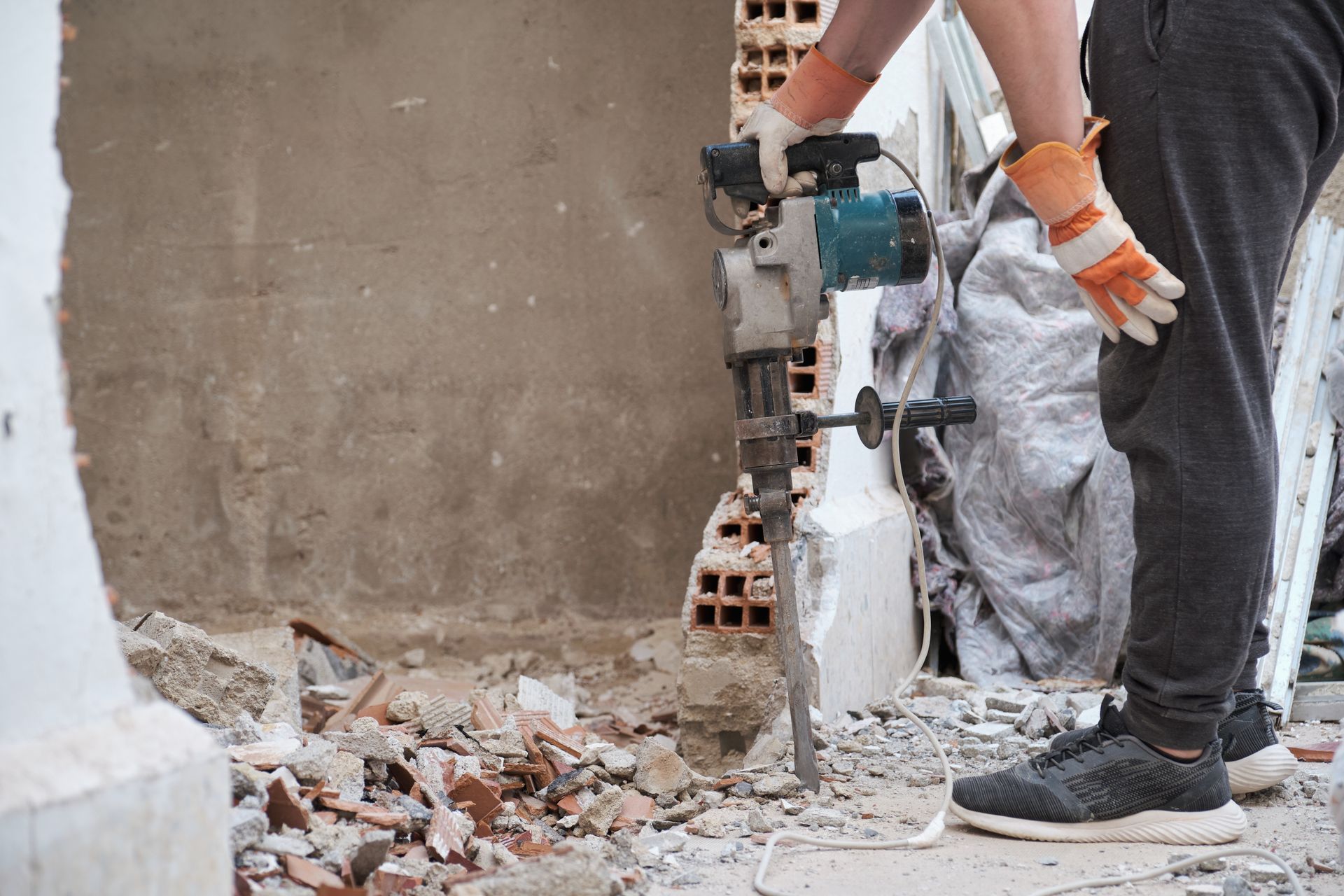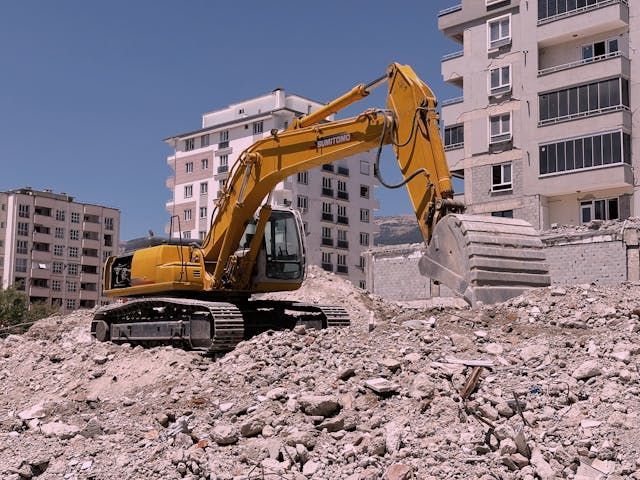A Homeowner's Checklist to Prepare for Swimming Pool Removal
You're Guide to Pool Removal Starts Here:

Removing a swimming pool is a major decision, but it can offer numerous benefits, such as lowering maintenance costs and creating more usable space in your backyard. However, the process requires careful preparation so that everything goes smoothly. Whether you're removing a pool to repurpose the space or address safety concerns, this guide will help you get ready.
Swimming Pool Removal Process
The process generally includes obtaining necessary permits, draining the pool, demolishing its structure, and filling the space with soil. Depending on your goals and budget, you can opt for partial or complete removal. Partial removal involves breaking down the top section of the pool, while complete removal eliminates all components.
Checking Local Regulations
Local regulations often dictate specific methods for demolition and debris disposal. To ensure compliance, contact your local municipal office to determine the necessary permits and guidelines. Hiring a licensed contractor familiar with local requirements can save you time and help streamline the process.
Assessing Costs and Choosing a Contractor
Pool removal costs can vary widely based on factors such as pool size, type, and location. Request estimates from multiple contractors to compare pricing and services. Look for a contractor experienced in pool demolition who can explain the steps, timelines, and potential challenges. Make sure to verify their credentials, insurance, and references before deciding.
Preparing the Site
Proper site preparation is integral for a successful removal. First, the pool must be drained safely. Some areas may have specific guidelines about where and how water can be released. Check with your contractor or local authorities to avoid penalties.
Next, remove any accessories or features attached to the pool, such as ladders, diving boards, or pool covers. If you plan to repurpose the space, discuss landscaping ideas with your contractor to coordinate the removal process and future plans.
Disconnecting Utilities
Most pools are connected to utilities like electricity and water lines. These must be safely disconnected before demolition begins. A professional contractor will handle this step to prevent accidents and provide compliance with local codes. Be sure to turn off any pool equipment, such as pumps or heaters, well in advance.
Communicating With Neighbors
This process can be noisy and disruptive, so it's courteous to inform your neighbors about the project timeline to avoid potential conflicts. Additionally, if heavy machinery will be used, ensure there is clear access to the site without causing inconvenience to surrounding properties.
Planning for Post-Removal Landscaping
Once the pool is gone, you’ll need to decide how to use the newly available space. Whether you want a lush garden, a spacious lawn, or a patio, planning in advance will help streamline the transition. Discuss soil compaction and drainage with your contractor so that the ground is ready for landscaping.
Monitoring the Process
While your contractor will handle most of the work, staying involved during removal is wise. Regular updates from your contractor will help you stay informed about the progress and address any unexpected issues. Keep an eye on the site to check that everything proceeds according to plan.
Final Cleanup and Inspection
After the removal, the site should be thoroughly cleaned. Inspect the area to confirm all debris is removed and the ground is properly leveled. A reliable contractor will typically manage the cleanup and provide you with documentation, including any permits or approvals obtained during the process.
Ready to reclaim your backyard and eliminate the hassle of an unused pool? At Briggs Contracting, we specialize in professional swimming pool removal, offering seamless service and expert care from start to finish. Call us at (207) 939-7807 for a consultation.

